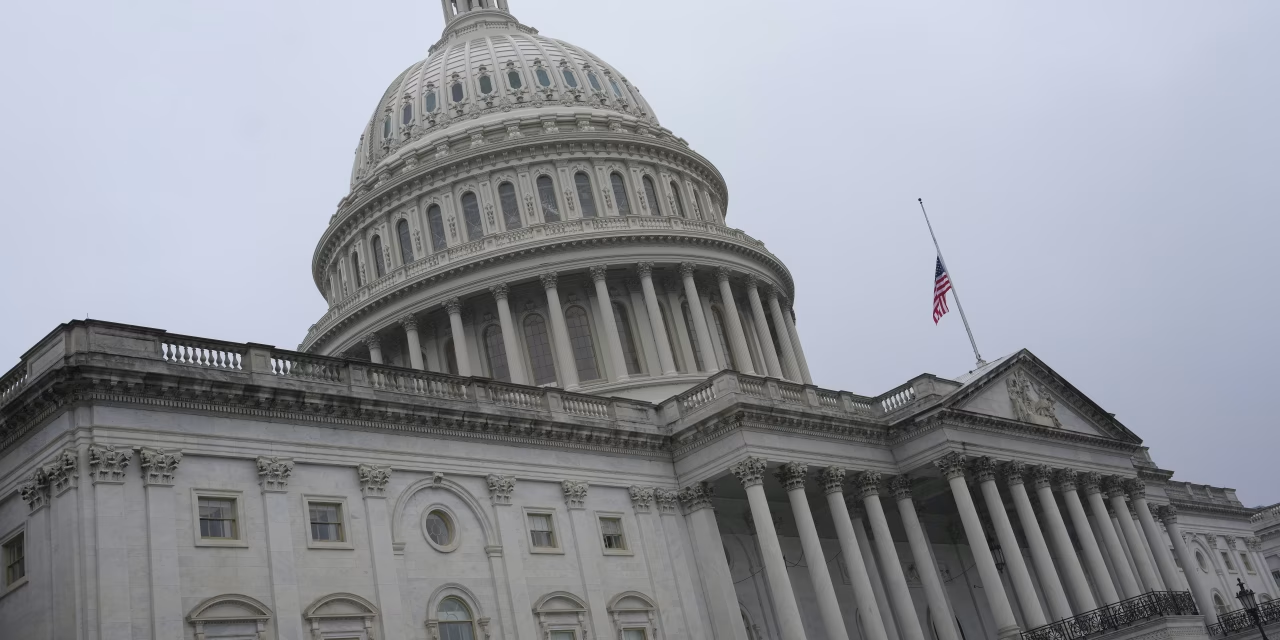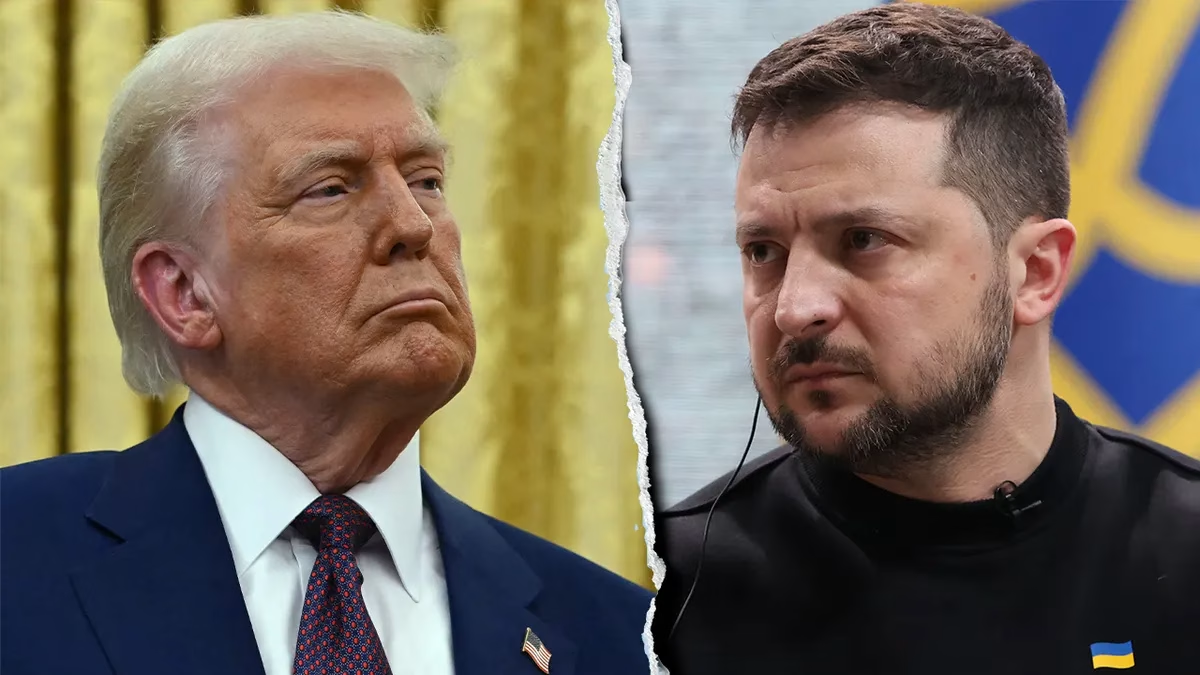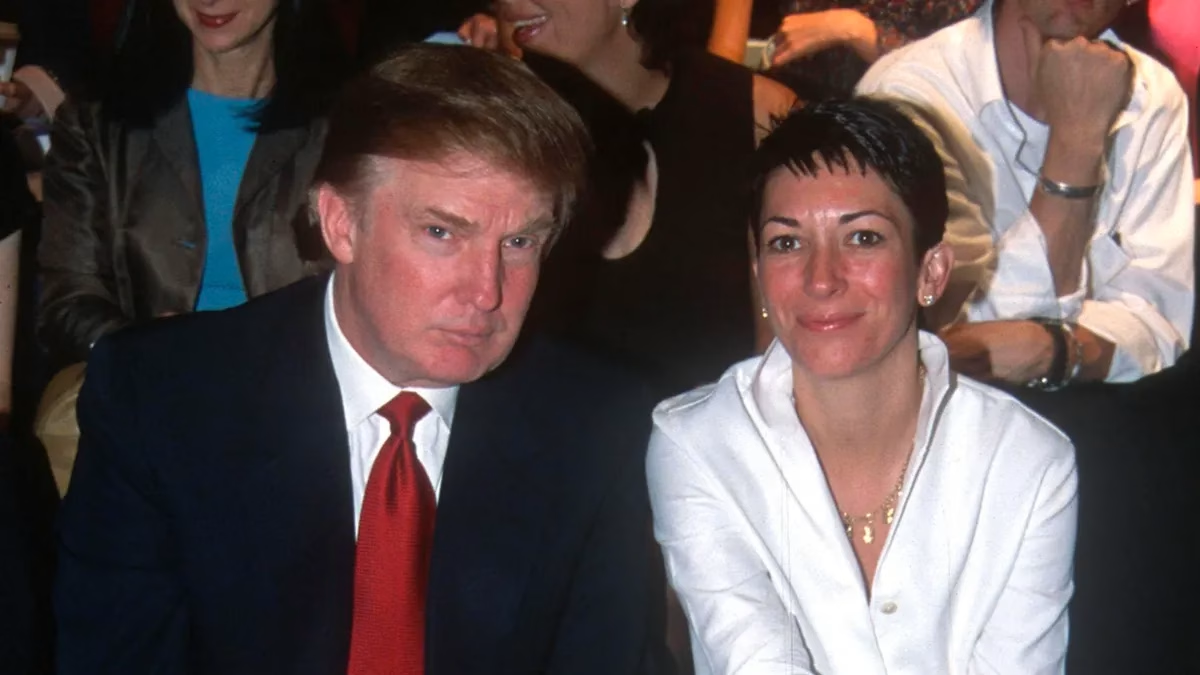By Mary Jones | Sunday, November 16, 2025 | 5 min read
Something is breaking in American democracy, and it’s happening in the very branch of government once romanticized as its guardian. The Supreme Court—particularly the conservative supermajority engineered through political hardball and billionaire-backed influence networks—has begun to operate less like an independent judicial body and more like an extension of a single political project. This drift, largely driven by the Roberts Court’s increasingly interventionist decisions, has consequences that reach far beyond any short-term partisan win. It signals a profound shift in the balance of power, one that cuts at the heart of constitutional governance.
Americans have long been told to see the judiciary as the stabilizing force in moments of political chaos. But what do we do when the stabilizing force becomes the accelerant?
Over the past several years, the Roberts Court has intervened repeatedly to override temporary restraining orders issued by lower federal courts—orders grounded in factual findings, evidence of imminent harm, and long-standing precedent. These lower-court judges, appointed by presidents of both parties, followed the process the law requires: examine the record, weigh consequences, apply the Constitution. Yet their rulings, particularly when they placed boundaries on the Trump administration’s most extreme policies, have been swept aside by a Supreme Court majority that seems increasingly eager to shield one president’s agenda from legal scrutiny.
This isn’t judicial modesty. It’s judicial muscle flexing—on behalf of a preferred political actor.
The conservative majority’s transformation didn’t happen by accident. It is the predictable result of a years-long campaign to reshape the Court in a way that would guarantee a rollback of rights, a consolidation of executive power, and a judicial philosophy that bends toward a particular political vision. Two seats withheld from Democratic presidents, one rushed through days before an election, and years of strategic grooming by powerful outside networks created the lineup we see today.
And now that this majority is in place, it is behaving exactly as intended.
The Roberts Court’s interventions surrounding the 2024 election stand as a defining example. Although it did not directly decide the outcome, it made decisions that materially altered the political landscape—most notably when it halted a criminal trial related to Donald Trump’s conduct surrounding January 6. That unprecedented move was widely understood as a signal that Trump’s actions would be shielded from the ordinary consequences of law. When reporting suggested that Chief Justice Roberts played a central role in that decision, it cemented what many had already feared: the Court was no longer a bystander in America’s democratic struggles but an active participant.
The same pattern has emerged in the Court’s treatment of executive power. Claims once considered extreme or laughably fringe—such as the idea that a president can freely redirect billions appropriated by Congress—are now receiving serious, even favorable, consideration from the bench. The Court has carved away at voting rights protections with a surgical precision that political operatives could only dream of. It has reopened debates about fundamental constitutional guarantees, like birthright citizenship, as if the Reconstruction amendments were mere suggestions.
If these were isolated incidents, they might be brushed off as missteps. But taken together, they form a chilling pattern: the normalization of presidential dominance and the erosion of democratic safeguards.
This is why lawyers—people who usually avoid political theatre—are now preparing to protest on the steps of the Supreme Court. They know better than most that the legal system is only as strong as the judges entrusted with it. And they know that lower-court rulings grounded in factual findings are not meant to be casually dismissed in a haze of unsigned orders.
Their alarm is not academic. It is rooted in watching the guardrails of the system being dismantled in real time.
History shows what happens when a judiciary abandons its independence. Lawyers in Poland, Pakistan, and countless other nations were among the first to recognize these warning signs—and the first to confront them publicly. They understood that once the courts become aligned with authoritarian impulses, democracy enters its most fragile stage.
That is the fear gathering momentum now.
Critics of the Roberts Court are not asking for favorable rulings. They are asking for a Supreme Court that respects precedent, acknowledges factual findings, and upholds the rule of law rather than bending it toward the preferences of one man. They are asking for a judiciary that behaves like a branch of government, not a political operation.
The Court’s defenders insist that public criticism threatens judicial independence. But the real threat—the one tearing at the seams of constitutional order—is an unaccountable Court that has stopped acting independently altogether.
If the Supreme Court continues down this path, the damage will not be measured only in legal opinions. It will be measured in the hollowing out of democratic norms, the disillusionment of citizens, and the slow normalization of unchecked executive authority. The American people are being told to trust a Court that has repeatedly failed to demonstrate it deserves that trust.
The question now is not whether the Roberts Court will change course. It’s whether the public will demand that it does.
And whether it will do so before the damage becomes irreversible.
Virginia Louise Giuffre’s Shadow Over Trump: The Silence That Can No Longer Hold
When Silence Becomes Complicity: Trump’s Epstein And Maxwell Problem Returns
Would you trust Elon Musk — or anyone — with control over your Optimus workers?
PRESS RELEASE: Tesla Optimus Gen 2: Elon Musk’s $1 Trillion Army of Programmable Workers
The Humiliated Duck: How Donald Trump’s Era of Untouchable Power Finally Crumbled






